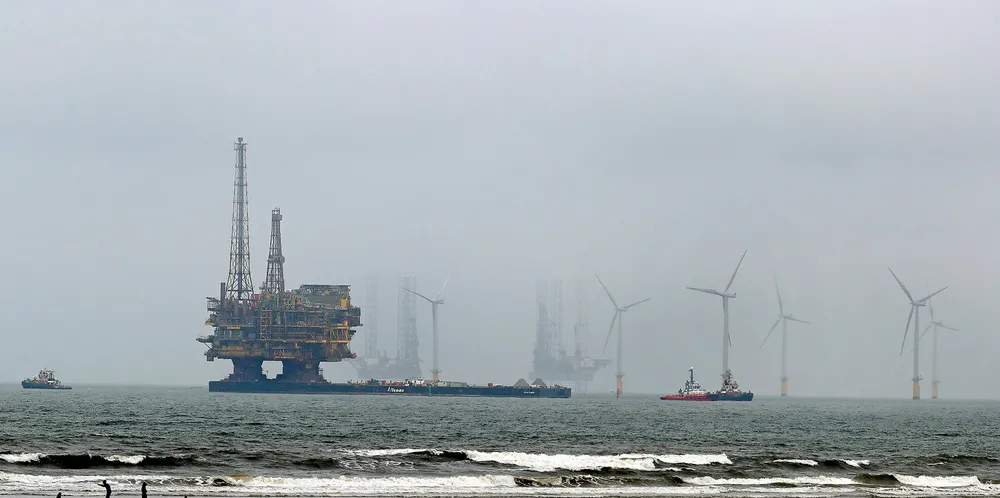Old North Sea oil infrastructure 'could be reused' for offshore wind-fuelled hydrogen
Scottish study sees 'real opportunities' for repurposing of pipelines and platforms but flags challenges linked to economics and integrity of assets, as well as ongoing decommissioning plans
